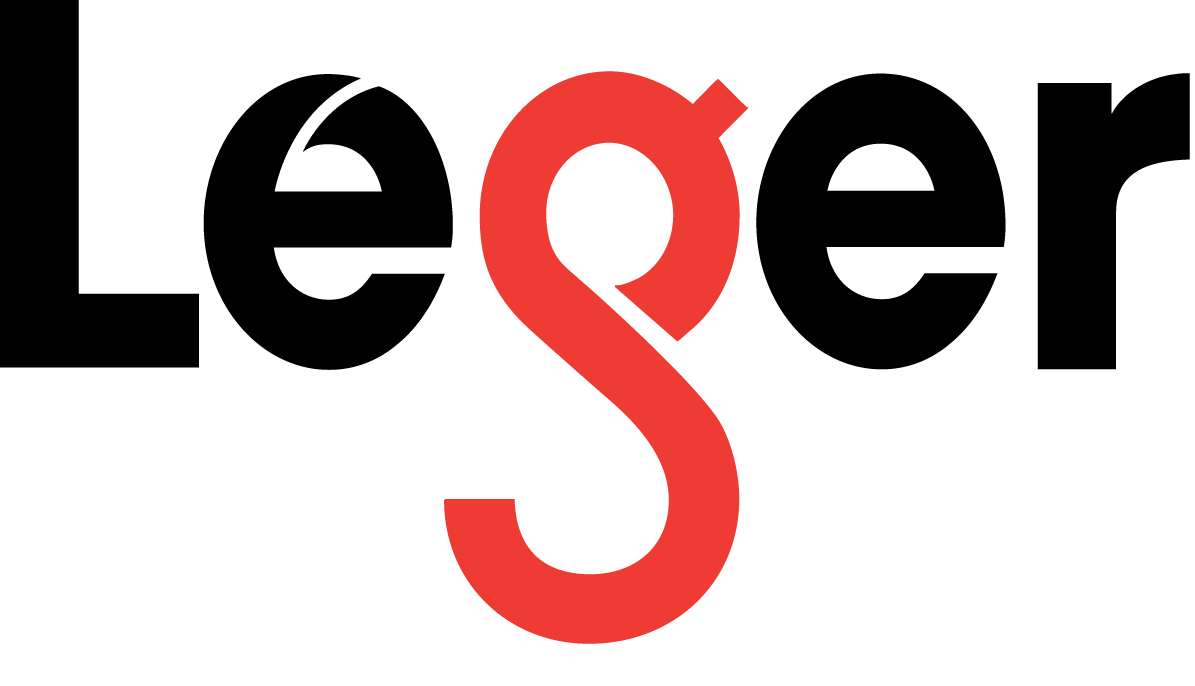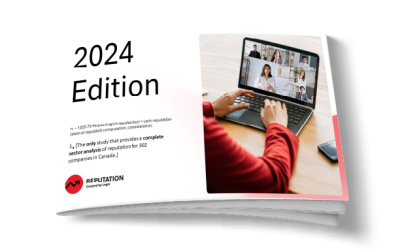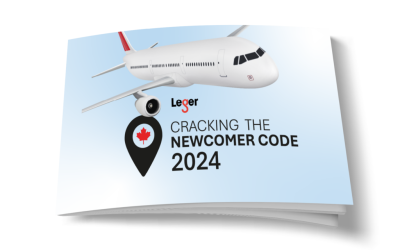When employees began to quit their jobs in waves during the COVID-19 pandemic, American professor Anthony Klotz coined a new term: The Great Resignation. Before long, stories began circulating in the media about this phenomenon, accompanied by hypotheses about its causes and how its impacts could be mitigated.
Leger’s newest specialized study, The Human Reality: Rethinking HR During the Great Resignation, was conceived in this context. From November 15 to December 1, 2021, we conducted an online survey among over 3,000 Canadians who are currently employed or will be joining or rejoining the workforce soon to understand how they evolve and navigate their way through the workplace.
This article provides an overview of some of the study’s key findings. For a more detailed look at the results, download our free report at the bottom of this page.
DOWNLOAD THE FREE REPORT
POPULAR ASSUMPTIONS: ILLUMINATING A NEW STORY
How employees relate to and connect with their workplace is a complex topic. The results of our study challenged four popular assumptions about employees and the Great Resignation, including:
- work/life balance is achievable
- younger generations don’t want to work
- the traditional work model is outdated
- the Great Resignation is about employee dissatisfaction
Our survey data revealed that there is more to the story. It suggests that we need to reconsider how work and life interact, help younger workers map out their career paths, balance the return to work with finding what works for employees and understand why employees are leaving to help improve retention opportunities.
THE HUMAN REALITY APPROACH: LOOKING AT HR THROUGH A NEW LENS
The Human Reality approach emerged from our survey findings. It proposes rethinking how we approach employee relations to improve employee attraction and retention and consists of four key components:
1. Redefining Engagement
Looking past standard employee engagement metrics
2. A Work(ing) Hybrid Model
Maximizing the effectiveness of hybrid work by considering employee preferences and supporting mental health
3. Relevance Leads to Retention
Helping younger employees identify a career path and map their journey
4. Taking a Holistic Perspective
Going beyond engagement at work and rethinking how work and life interact
A BRIEF OVERVIEW OF THE 5 EMPLOYEE SEGMENTS
We conducted segmentation analysis to understand what distinguishes and drives different employees in the workplace, and five segments emerged. Below, they are presented in ascending order of likelihood to look for a new job. More information on how to use the Human Reality approach with each segment can be found in the full report.
THE PROVIDER: STABLE BUT STRESSED (16% OF THE WORKFORCE)

- Lower risk for turnover during the Great Resignation, but less happy at work than the Go-Getter
- Loyal because they cannot afford to worry about a potential job upset, under financial stress
- Want to work in a “caring,” “understanding” and “supportive” environment
- A team player, but puts their own needs last, to the detriment of their mental health
- Only work to support their household, may leave for higher pay if unhappy enough
THE LONE WOLF: SELF-RELIANT AND SATISFIED (18% OF THE WORKFORCE)

- Lower risk for turnover during the Great Resignation
- Quite individualistic and autonomous, comfortable with themselves, know what they want
- Ideal work environment is “flexible” and “adaptable”: they’re most likely to prefer working remotely
- Dedicated to their job; value their work and take pride in it
- Employers do not need to worry too much if the Lone Wolf is delivering and can manage their workload
THE GO-GETTER: CONFIDENT AND DRIVEN (41% OF THE WORKFORCE)

- Lower risk for turnover during the Great Resignation
- The largest proportion of the workforce
- Want to work in a “fun” and “enjoyable” environment
- Ambitious, confident, outgoing and compassionate: finds value in their work
- Most loyal to their employer compared to other segments
THE WANDERER: UNHAPPY AND INSECURE (15% OF THE WORKFORCE)

- High risk for turnover during the Great Resignation
- Deeply unhappy, lack purpose and meaning, troubled
- Work is “just a job,” not a career
- Have a harder time describing their ideal workplace
- Tend to get by on the bare minimum, but can find purpose and vision with the right training and guidance
- Would prefer remote work, but their profile suggests that this would not benefit their mental health or productivity
THE DREAMER: AMBITIOUS BUT LOST (9% OF THE WORKFORCE)

- Very high risk for turnover during the Great Resignation
- Ambitious, financial and career success are very important
- Ideal workplace is “fun” and “flexible”
- Can easily be lured away by higher pay and promises of something “better” (even if they don’t know what will make them happy in the end)
- Given career focus, there is strong potential if they can understand what’s in it for them and employers can give them what they need
FINAL NOTES
We think this is only the tip of the iceberg. Better understanding your workforce starts with tapping into employees’ needs, but not just on the job. When we better understand what truly motivates a person, and how work fits into their goals in life, then we can figure out how to optimize their roles to maximize retention and organizational productivity.


